Table of Contents
Thinking about dialing in your nutrition? Maybe you're aiming for weight loss, building muscle, or just trying to feel more energized throughout the day. If a calorie target around 1600 sounds about right for your goals, focusing on protein within that limit can make a big difference. That's where a 1600 high protein meal plan comes into the picture.
Why Consider a 1600 High Protein Meal Plan?
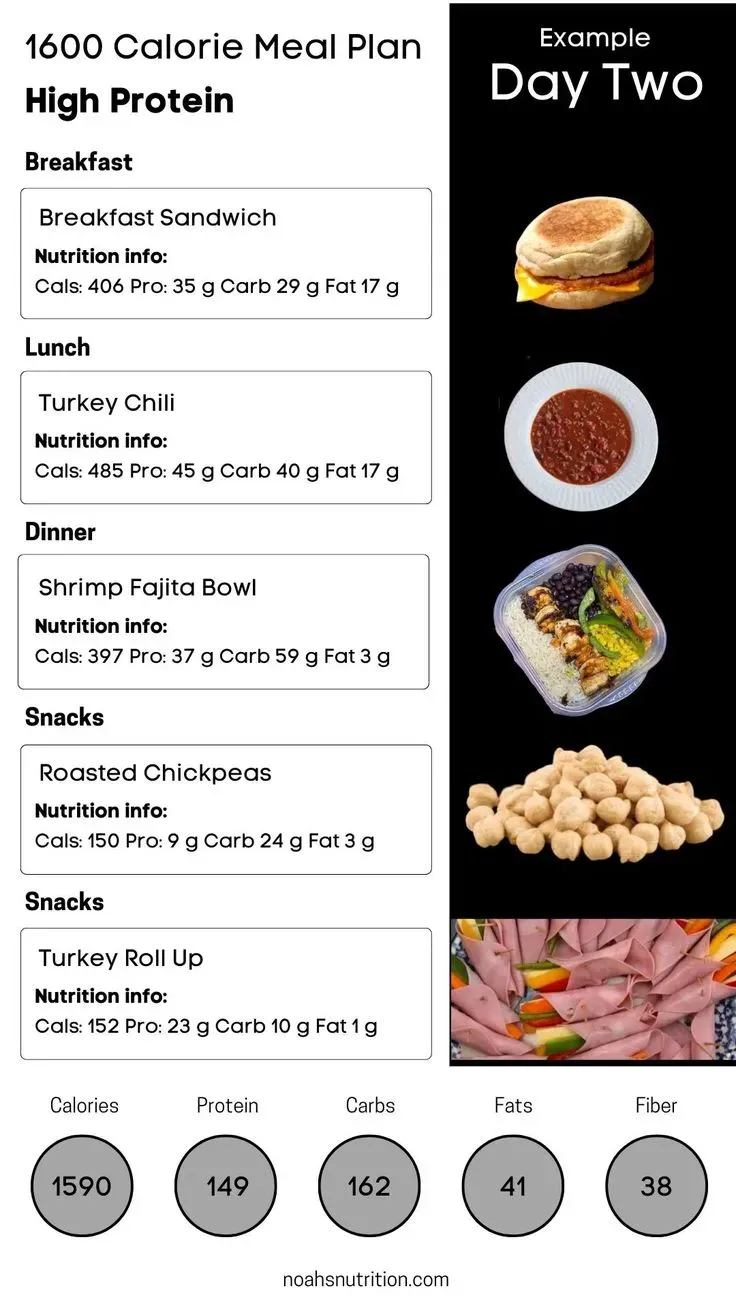
Why Consider a 1600 High Protein Meal Plan?
So, you're looking into a 1600 high protein meal plan? Good call. This isn't just some fad diet; there's real science behind why bumping up your protein intake while keeping calories around 1600 can be effective. For starters, protein is king when it comes to feeling full. Ever eat a low-protein snack and feel hungry again an hour later? That's less likely to happen when your meals are packed with protein. This helps manage cravings and reduces the urge to snack constantly, which is pretty handy when you're sticking to a specific calorie goal. Plus, if you're hitting the gym or just trying to maintain the muscle you have, protein is the building block your body needs. It aids in repair and growth, and honestly, who doesn't want stronger muscles? It also has a higher thermic effect than carbs or fats, meaning your body burns a few more calories just breaking it down. Combining these factors in a 1600 high protein meal plan can create a solid foundation for various health and fitness goals.
Crafting Your 1600 High Protein Meal Plan: Essential Components
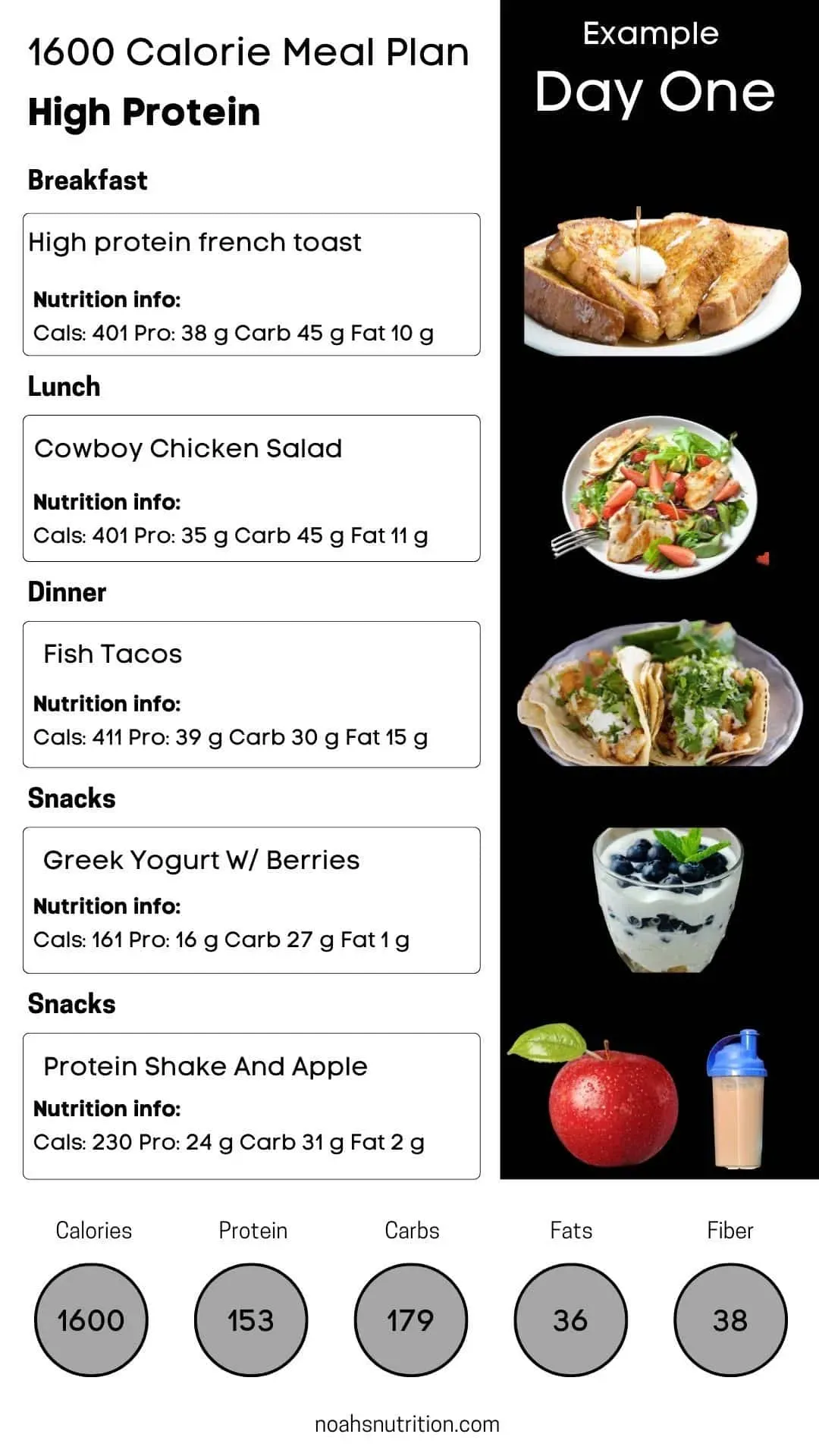
Crafting Your 1600 High Protein Meal Plan: Essential Components
Starting with the Protein Powerhouses
Alright, so you're ready to build this thing. First step in crafting your 1600 high protein meal plan is nailing down your protein sources. This isn't the time for guesswork. We're talking lean meats like chicken breast or turkey, fish like salmon or tuna, eggs (whole eggs are great, yolks have nutrients!), Greek yogurt, cottage cheese, lentils, beans, tofu, and maybe a quality protein powder for convenience. Aim for variety. Eating the same dry chicken breast every day gets old fast and makes sticking to any plan a chore. Think about how you can cycle through different sources to keep things interesting and make sure you're getting a range of amino acids and other nutrients.
Balancing Macros Within 1600 Calories
protein is key, but a 1600 high protein meal plan still needs balance. You can't just eat chicken all day (though some try). You need carbs for energy and fiber, and fats for hormone production and absorbing vitamins. The trick is figuring out the right split for *you* within that 1600 calorie budget. A common starting point for high protein is maybe 30-40% protein, then splitting the rest between carbs and fats, but you might need to adjust based on your activity level and how your body responds. Log your food for a few days to see where you're at. Are you hitting your protein target? Are you getting enough healthy fats from things like avocados, nuts, and olive oil? Are your carbs coming mostly from whole grains, fruits, and veggies, or processed junk?
- Lean Meats (Chicken, Turkey)
- Fish (Salmon, Tuna, Cod)
- Eggs (Whole)
- Dairy (Greek Yogurt, Cottage Cheese)
- Legumes (Lentils, Beans)
- Plant-Based (Tofu, Tempeh)
- Nuts and Seeds
- Protein Powder (Whey, Casein, Plant-based)
Meal Timing and Distribution
Once you know your sources and general macro targets for your 1600 high protein meal plan, think about when you're eating. Spreading your protein intake throughout the day is generally better than trying to cram it all into one meal. This helps with muscle protein synthesis and keeps you feeling fuller for longer. Aim for protein at breakfast, lunch, dinner, and perhaps a snack or two if your schedule allows and calories permit. This isn't about rigid timing down to the minute, but more about consistency. Don't skip breakfast and then try to eat 100 grams of protein at lunch. It's less effective and frankly, uncomfortable. Plan your meals ahead of time, even if it's just a rough idea, so you're not scrambling when hunger strikes and making less-than-ideal choices.
A Day in the Life: What a 1600 High Protein Meal Plan Looks Like
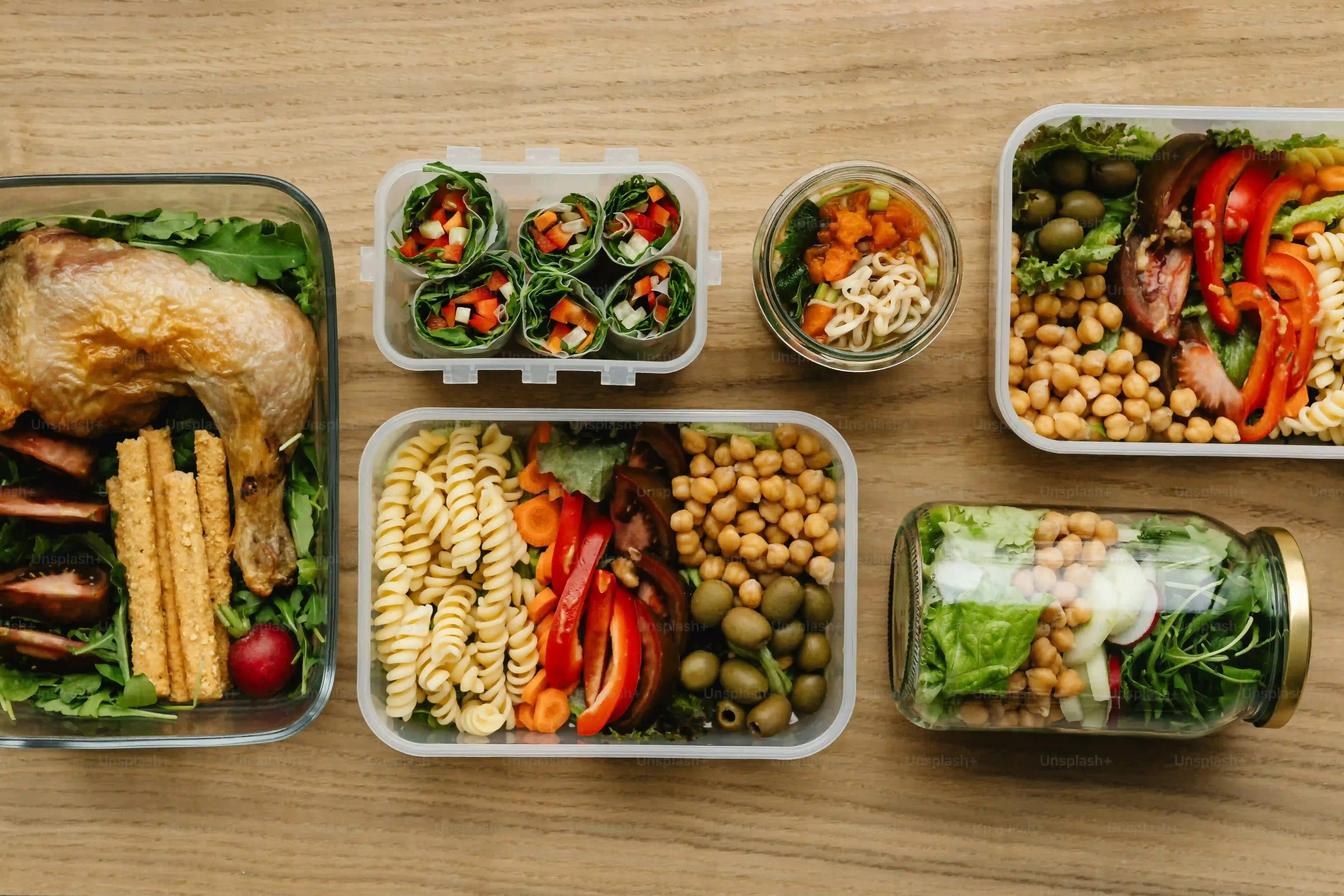
A Day in the Life: What a 1600 High Protein Meal Plan Looks Like
so what does actually living on a 1600 high protein meal plan look like day-to-day? It’s less complicated than you might think, focusing on smart choices at each eating opportunity rather than restrictive deprivation. Picture starting your day with scrambled eggs and maybe some cottage cheese on the side, getting a solid protein punch right away. Lunch could be a substantial chicken salad (hold the sugary dressing) or lentil soup with a piece of whole-grain bread. Dinner might involve baked fish or lean ground turkey with a generous serving of roasted vegetables. Snacks, if you need them and the calories allow, fit in things like Greek yogurt, a handful of almonds, or a hard-boiled egg. The goal isn't to feel stuffed, but comfortably satisfied, keeping hunger at bay between meals so you can function without constantly thinking about your next bite.
Sample Ideas for Your 1600 High Protein Meal Plan
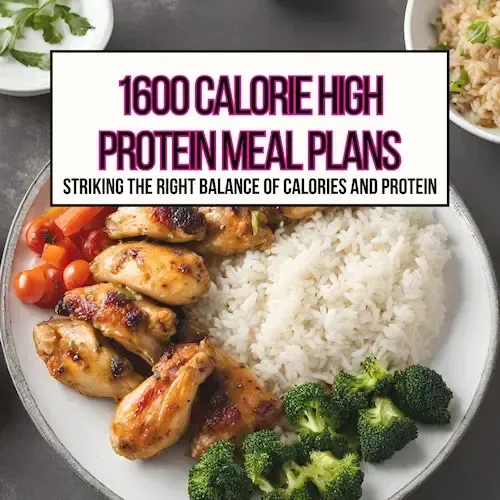
Sample Ideas for Your 1600 High Protein Meal Plan
let's talk turkey, or chicken, or lentils – whatever floats your protein boat within your 1600 high protein meal plan. It's one thing to talk about components, but seeing actual examples makes it real. Forget those impossibly perfect influencer plates; think practical, repeatable meals. A solid breakfast could be Greek yogurt with a scoop of protein powder mixed in and a few berries. Lunch might be a big salad loaded with grilled chicken or chickpeas and a light vinaigrette. For dinner, picture baked salmon with roasted broccoli and a small sweet potato. Snacks? A hard-boiled egg, a small container of cottage cheese, or a handful of edamame. The goal is to make these protein hits consistent throughout the day, making your 1600 high protein meal plan feel sustainable, not like a punishment.
Sticking to Your 1600 High Protein Meal Plan: Practical Tips
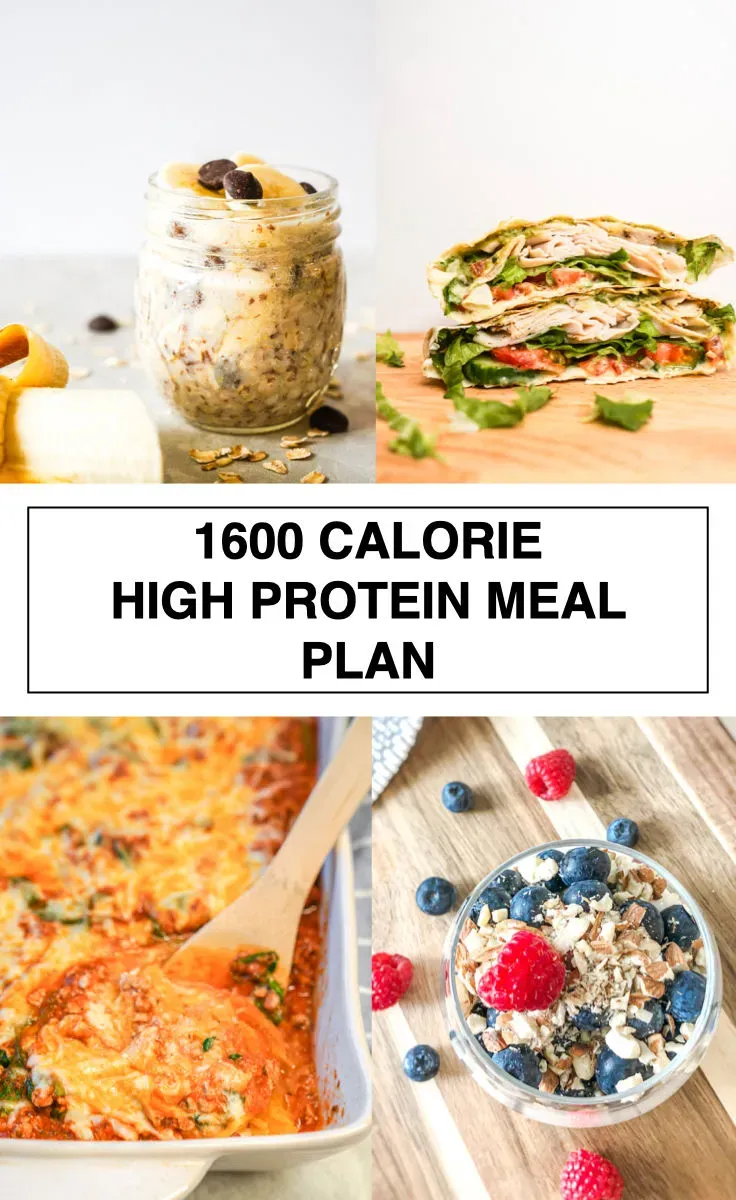
Sticking to Your 1600 High Protein Meal Plan: Practical Tips
Meal Prep Like Your Future Self Depends On It
let’s be real. The best 1600 high protein meal plan in the world is useless if you don't actually eat the food. Life gets busy. Hunger hits hard and fast. If you wait until you're starving to figure out what's for dinner, you're probably going to grab whatever's easiest, which often isn't protein-packed or within your calorie target. This is where meal prep becomes your best friend. Spend an hour or two on a Sunday chopping veggies, cooking a batch of chicken or lentils, hard-boiling eggs, or portioning out Greek yogurt. Future You will seriously thank Present You when they can just grab a pre-made meal or snack instead of contemplating that questionable takeout menu. It removes decision fatigue and keeps you on track with your 1600 high protein meal plan.
Navigate Cravings and Social Situations
Following a 1600 high protein meal plan in the real world means dealing with cravings, office donuts, and dinners out. It's not always easy, and pretending it is is just setting yourself up for failure. When a craving hits, first, check if you're actually hungry or just bored/stressed. If you are hungry, have a planned high-protein snack ready. If you're going out, look at the menu online beforehand and pick your protein option. Don't be afraid to ask for sauces on the side or swap fries for extra veggies. It's about making smarter choices, not being perfect. One off-plan meal won't derail everything, but letting it spiral into a week of chaos will. Get back on track with your next meal.
- Plan your meals weekly.
- Prep ingredients or full meals ahead of time.
- Keep protein-rich snacks handy (nuts, yogurt, hard-boiled eggs).
- Drink plenty of water throughout the day.
- Learn to read food labels for protein content.
- Don't beat yourself up over minor slip-ups.
Making Your 1600 High Protein Plan Stick
Adopting a 1600 high protein meal plan isn't magic, but it can be a solid strategy if it aligns with your goals. It requires some planning, sure, but the payoff in satiety and muscle support can be significant. Don't expect overnight miracles, and definitely don't beat yourself up over a missed meal or a less-than-perfect day. The point is consistency over time, finding what works for your lifestyle, and making smart choices more often than not. Consider this a starting point, not a rigid prison sentence for your taste buds.